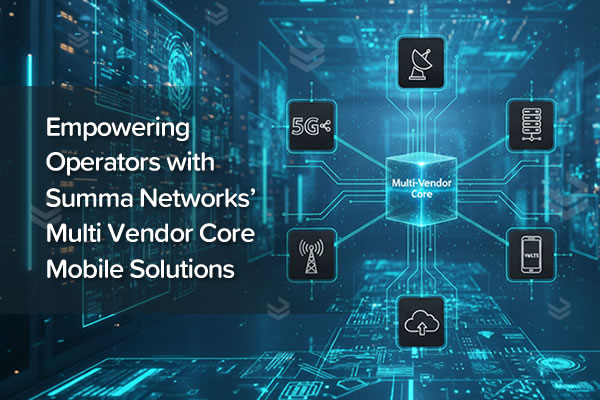The latest news and insights

What is VoLTE?
VoLTE stands for Voice over LTE. As the name suggests, VoLTE provides IP based voice calls over a 4G LTE.
The radical change in regard to the previous technology, is that wireless operators use the data network to transmit voice services in the same way they transmit data. In short, it converts voice calls into packets just as emails. LTE networks are based on IP packet-switching technology, thus VoLTE calls are delivered as data flows within the LTE data bearer; as opposed to 2G or 3G networks where voice calls are based on the circuit switching technology.
What are the advantages of VoLTE?
Provides a more efficient use of your network resources:
It will create a simpler network that’s more cost effective to operate by allowing service providers to eventually manage only one network rather than delivering voice services via older circuit-switched 2G and 3G voice network.
Frees up spectrum:
VoLTE allows carriers to free up spectrum that is used for the traditional voice service. While 2G and 3G services would likely remain, they wouldn’t be as necessary as they are now and much of the spectrum used for 2G could potentially be repurposed to increase capacity on 4G networks.
Improves coverage and connectivity:
VoLTE can connect calls up to twice as fast as the current methods. Some of the frequencies that 4G operates on have far greater reach than 2G or 3G spectrum, so you’ll be able to experience better indoor coverage.
Delivers an unusually clear calling experience:
The big advantage of VoLTE is that call quality is superior to 3G or 2G connections as far more data can be transferred over 4G than 2G or 3G. Up to three times as much data as 3G and up to six times as much as 2G to be precise.
What are the disadvantages of VoLTE?
Requires deployment of an IMS network:
IMS is the backbone at the application level, which works on top of other wireless networks and not just the LTE. Its concept is quite broad, and to understand it with all its entities, possibilities, interfaces, protocols, and possibilities is an extremely difficult task, even for the most experienced in the matter.
Devices shall be compatible with 4G VoLTE:
A major obstacle for the proliferation of VoLTE calling has been the lack of automated device configuration functionalities. Without the correct service configuration, VoLTE phones cannot connect correctly to the operators’ VoLTE networks.
How does it work?
When using a VoLTE-enabled device, the mobile subscriber first needs to register to the network and establish the default data bearer to exchange data with the network or applications. This is followed by the authentication and authorization procedures, and mobility management communication between an MME and the HSS where the subscriber profile is stored. The signaling for these procedures typically uses the Diameter S6a interface.
Now this device can establish the always-on LTE default user data bearer. In order to do so the device communicates with the PGW and establishes a user data session. For that user data session, in this case still the default bearer, the PGW needs to contact the PCRF via the Diameter Gx interface and receive the policy and charging rules for this customer's data session.
Once the policies have been exchanged and applied by the PGW, and sometimes there are other involved PCEFs (Policy and Charging Enforcement Function), the mobile user can either use Internet services via the established default bearer or in our scenario, opt to continue to establish a VoLTE call.
To do so the VoLTE application on the handset will communicate (via SIP, over the established default LTE bearer) with the IMS network and its embedded VoLTE application server. First, a SIP signaling bearer needs to be established after policy for that bearer is applied. To apply the policy, the IMS's P-CSCF needs to communicate via the Diameter Rx interface with a PCRF server. Actually, it needs to communicate with the same PCRF server that was already involved in managing the related LTE default bearer.
Latest Blog

Empowering Operators with Summa Networks' Multi Vendor Core Mobile Solutions


